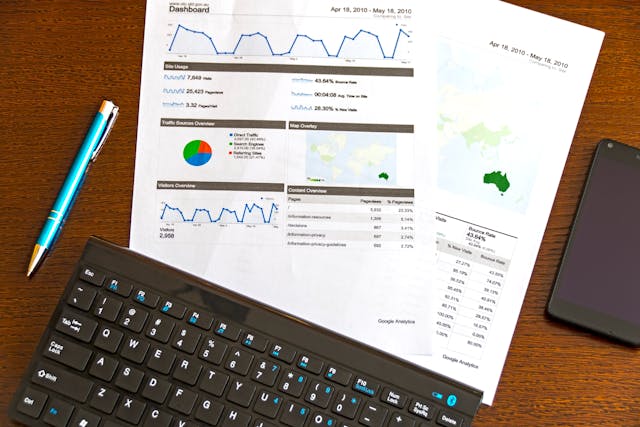Storyselling: How to Use Storytelling to Drive Conversions
In a world full of ads, popups, and pitches, people are tuning out. But one thing still captures attention like nothing else—a good story. That’s where storyselling comes in. It’s the art of using storytelling to connect with your audience and guide them to take action, whether that’s buying a product, signing up for a newsletter, or booking a call.
Let’s explore how storyselling works, why it’s so powerful, and how you can use it to drive real results.

What Is Storyselling?
Storyselling combines storytelling with marketing. Instead of listing features or making hard sales pitches, you tell a story that makes people care. You show them a relatable problem, take them on a journey, and offer your product or service as the solution.
At its heart, storyselling is emotional marketing. People might buy with logic, but they act because of emotion—and stories create emotion.
Why Stories Work in Marketing
- They grab attention: A well-told story pulls people in more than a product description ever will.
- They build trust: Stories show authenticity, values, and real-life experiences.
- They make messages memorable: Facts are easy to forget. Stories stick.
- They guide decisions: A relatable story helps people see themselves using your product or service.
Whether it’s a customer success story or the founder’s journey, stories make brands feel human—and that’s what people connect with.
Elements of a Great Storyselling Message
Every strong storyselling piece has a few key parts:
1. The Hero (Your Customer)
Your customer—not your product—is the hero. Start with their problem or challenge.
2. The Struggle
Show the frustration or pain they feel. This creates emotional tension and gets your audience nodding along.
3. The Guide (You)
Enter your product, service, or brand—not as the hero, but as the guide. You offer the solution or path to success.
4. The Transformation
Show the result: What changed after using your solution? How is life better now?
This structure—problem, struggle, solution, transformation—is simple, but powerful.
Storyselling in Action: Examples That Work
Example 1: Skincare Brand
Instead of saying, “Our moisturizer has SPF 30 and vitamin C,” tell a story like:
“At 29, Jess was tired of hiding her skin under makeup. She tried dozens of products, but nothing worked. Then she discovered our daily SPF moisturizer. Three months later, she’s glowing—and confident enough to go bare-faced.”
Example 2: Software Tool
Rather than “Track your tasks with our app,” say:
“John was drowning in sticky notes and forgotten to-dos. Every day felt like catch-up. After trying our productivity app, he found clarity. Now, he gets more done—and ends work by 5 p.m.”
These short, specific stories speak to real emotions and outcomes, not just features.
How to Use Storyselling in Your Business
- On your website: Use real customer stories on your homepage or product pages.
- In emails: Start with a short story that leads into your offer.
- On social media: Share behind-the-scenes stories, customer journeys, or “before-and-after” moments.
- In ads: Make the ad feel like a mini-movie—a challenge, a change, and a win.
Always speak in a relatable, human voice. Avoid jargon. Focus on emotion and outcome.

Final Thoughts
Storyselling isn’t about being clever—it’s about being real. People don’t remember product specs, but they remember how something made them feel. By using stories in your marketing, you connect emotionally and inspire action naturally.
So the next time you want someone to click, buy, or sign up, don’t just tell them what you do. Tell them a story they can see themselves in—and show them what’s possible with you as their guide.












